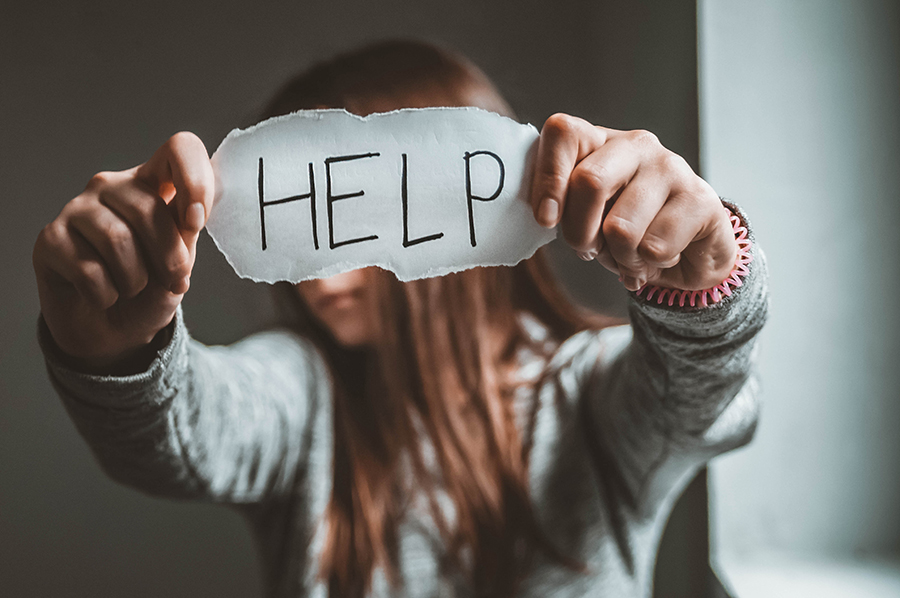DOMESTIC VIOLENCE

Domestic Violence and Family Domestic Violence is complex and insidious in nature. Abuse occurs when a domestic partner wants to control, physically harm, or have power over their partner.
There are many types of DV:
- Physical abuse
- Emotional and psychological abuse
- Financial abuse
- Verbal abuse
- Online (digital) abuse
In addition to a desire for control, abusive behaviour can also result from exposure to being abused themselves, history of witnessing domestic violence, social and emotional isolation, absence of healthy role models and relationships, and a lack of emotional and nonviolent social skills.
When the perpetrator of DV can no longer control the victim they often seek to manipulate how others view the victim (ruining their reputations, job prospects etc.). This can go on long after court proceedings have concluded.
At the very core of all DV is CONTROL to harm.
Perpetrators of DV are often socially adept, very charming and very popular within the community (everybody’s friend etc) .
They often have deep seated insecurities from childhood and grudges to bear…
Perpetrators seek out victims who are giving, trusting, empathic people. Perpetrators are similar to psychopaths in that they have no remorse or feelings of guilt etc .
They are often great ‘actors’ and highly believable in the ‘normal’ facade they present to the outside world.
One in four women and one in nine men experience some form of domestic violence so it is clear there is an imbalance in Australian relationships that we as a society are becoming more aware of. If forms of domestic violence are not addressed situations can escalate and even have very tragic outcomes. In Australia in 2018–19, intimate partner violence (IPV) homicides accounted for 21%of all homicides and for 62 % of all domestic homicides, according to the Australian Institute of Criminology.
The culture of denial and deeply embedded social structures have historically given men the opportunity to get away with such offences because, in many cases, these incidents were overlooked by law enforcement personnel, health workers, neighbours and even the victims themselves, who rationalise spousal abuse as an understandable response to financial and other life challenges, and frustration for men.
Violence or abuse in any form has serious health consequences for the victim. It can lead to negative health outcomes such as chronic pain, increased risk of stroke, heart disease, lung disease, diabetes, cancer, or gynaecological problems.
There are also behavioural health concerns like depression, alcohol and substance abuse, and high-risk sexual behaviours.
Additionally, domestic violence is linked to absenteeism and poor performance in the workplace, which may result in social isolation, housing and financial concerns, and further health risks for the victims and their families.
ADDRESSING DOMESTIC VIOLENCE
The way to unravel a domestic violence perpetrator is to look at their modus operandi (their patterns of behaviour) .
Most lawyers and magistrates etc do not know much about the psychological workings / behavioural and psychological dysfunction of DV perpetrators .
Attention to detail is important to exposing them …. Often the only way to ‘catch them out’ is to let them talk on, which they are often happy and confident to do. ….. with skilful interrogation they will eventually slip up.
Domestic Violence perpetrators quite often they believe their own web of lies.
Ultimately they are dangerous individuals who will perpetuate their behaviour if not brought to account. Their psychology is complex – they tend to be ‘made’ (nurture) not born (nature) – but the truth is probably most often a combination of the two.
Therese Ryan has a degree in psychology (B. Science, Psychology, 2013 , CQU) which has given her a greater depth of understanding and skill in dealing with DV perpetrators and their behavioural patterns, and often almost ‘split personalities’ – the face they show the world, and their behaviour behind closed doors.
“I’ve had to handle some very complex DV and FDV cases. The old saying: ‘truth is often stranger than fiction’ frequently applies.”

Domestic Violence in relationships is a learned behaviour, often stemming from experiences during childhood, and if not addressed can be handed on from generation to generation.
Children witness more than half of domestic assaults and have a 45 to 60% chance of experiencing child abuse if their parent is being assaulted.
The way to address and rid society of DV is through education programs (beginning at a young age), which reinforces that Domestic Violence will not be tolerated on any level, and which encourages more reasonable and socially adjusted forms of conflict resolution.
